EMC Related Exams
DEE-1421 Exam







A company has purchased a new Dell EMC Isilon cluster as a disaster recovery solution and plans to use SyncIQ. SBR is not currently enabled. The systems administrator has asked for advice about how to configure the network connectivity for the replication traffic.
What are Dell EMC recommendations for a replication network configuration?
The :”nfs2” file system has been experiencing delays that have been impacting the entire Dell EMC Isilon cluster. Neither Snapshots nor SyncIQ is configured for these directories. Use the “Launch Simulator” button to verify the SSD strategy. Note: It is necessary to ‘close’ (x) the simulator window to answer the question.
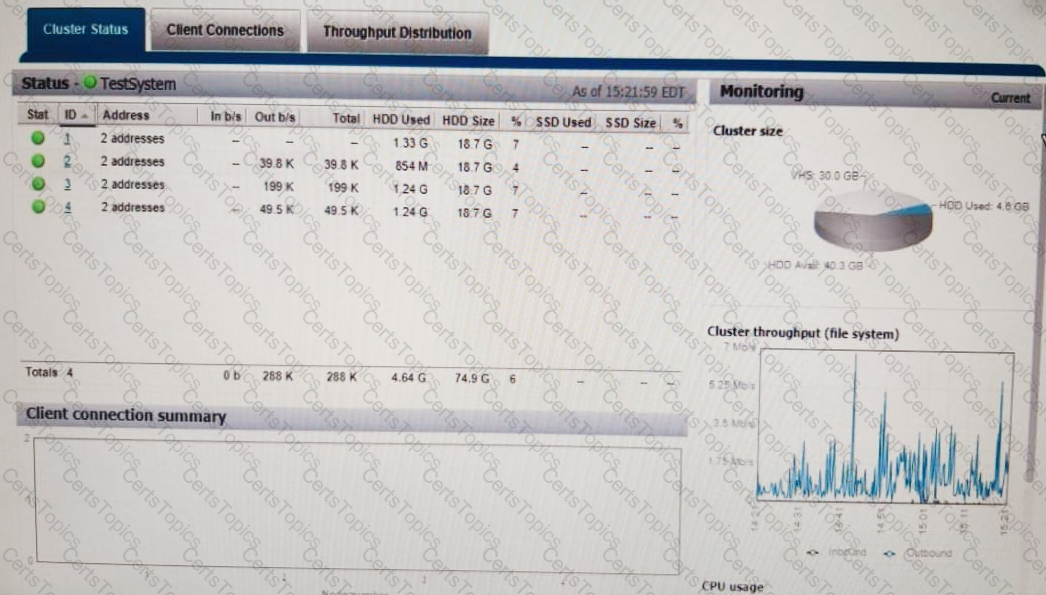
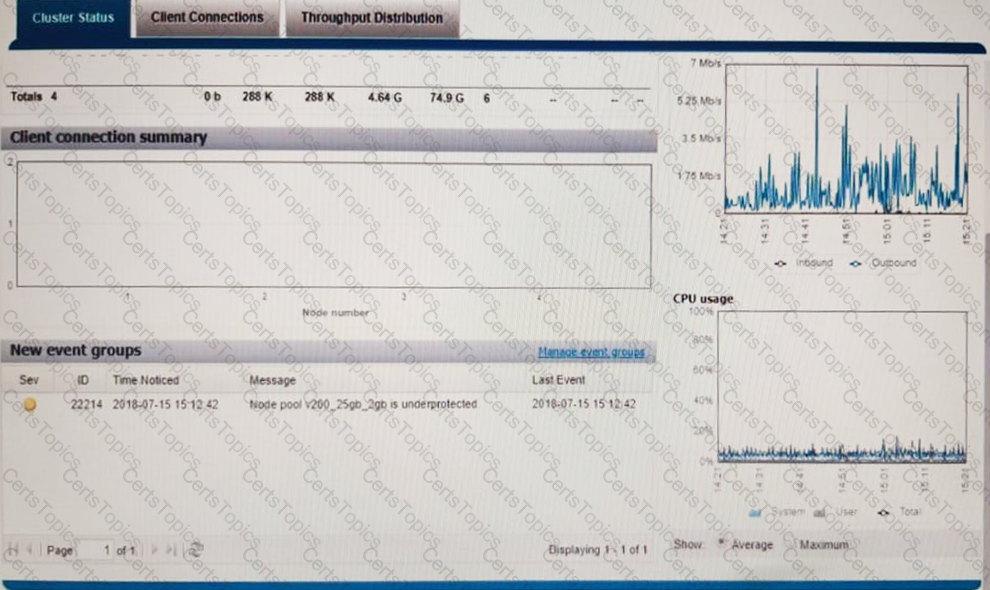
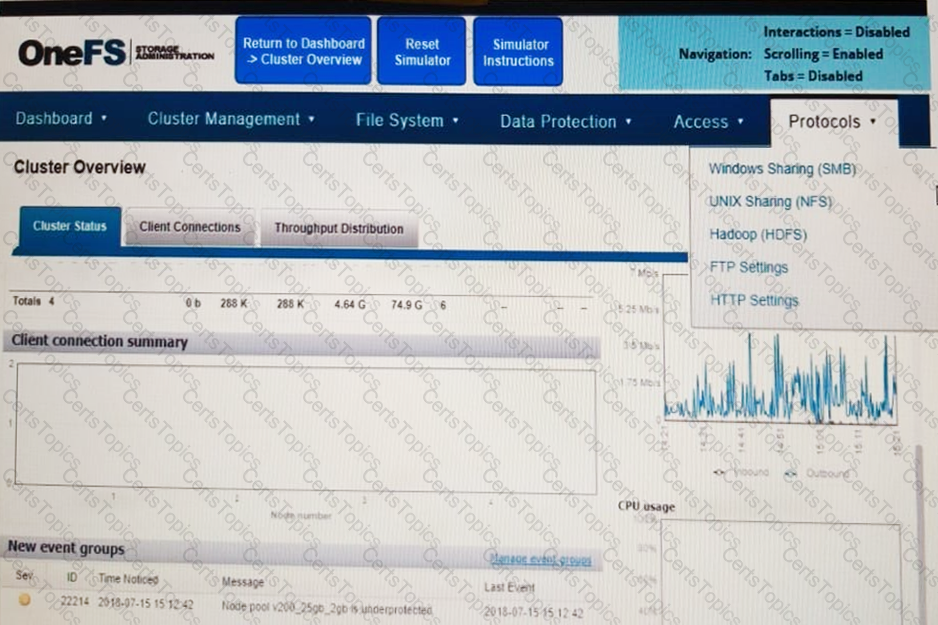

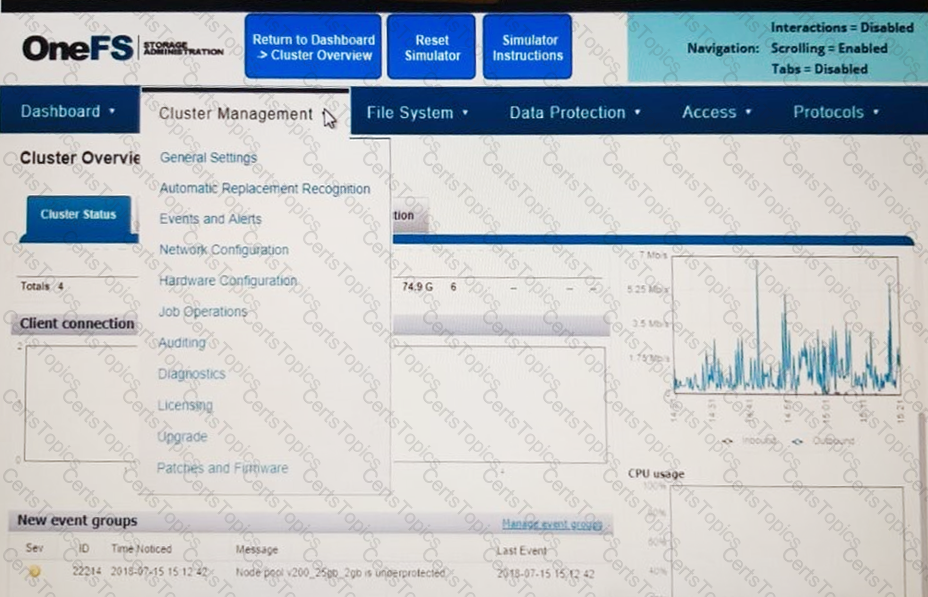




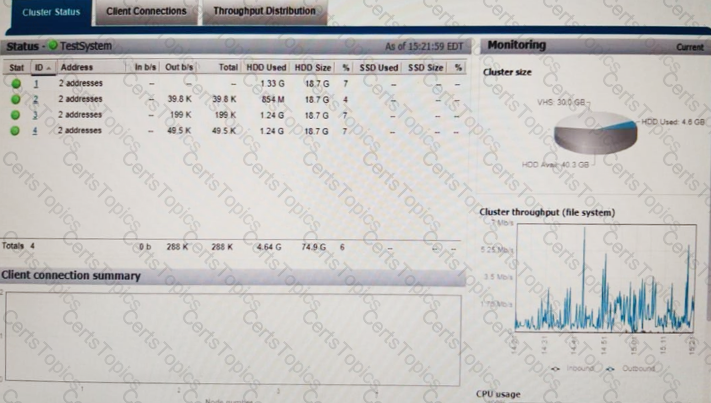

Based on your findings, which operation should be performed to address the delays?
A company has two Dell EMC Isilon clusters. The source cluster is running OneFS 8.0.x and the target cluster is running OneFS 7.2.x with replication policies configured from the source to the target cluster. OneFS will not be upgraded on the target cluster.
After some time, the company decided to archive some of the data to ECS using CloudPools. One of the company’s concerns is how the archived data will be replicated using the existing SyncIQ policies. What is recommended approach to address the company’s concerns?